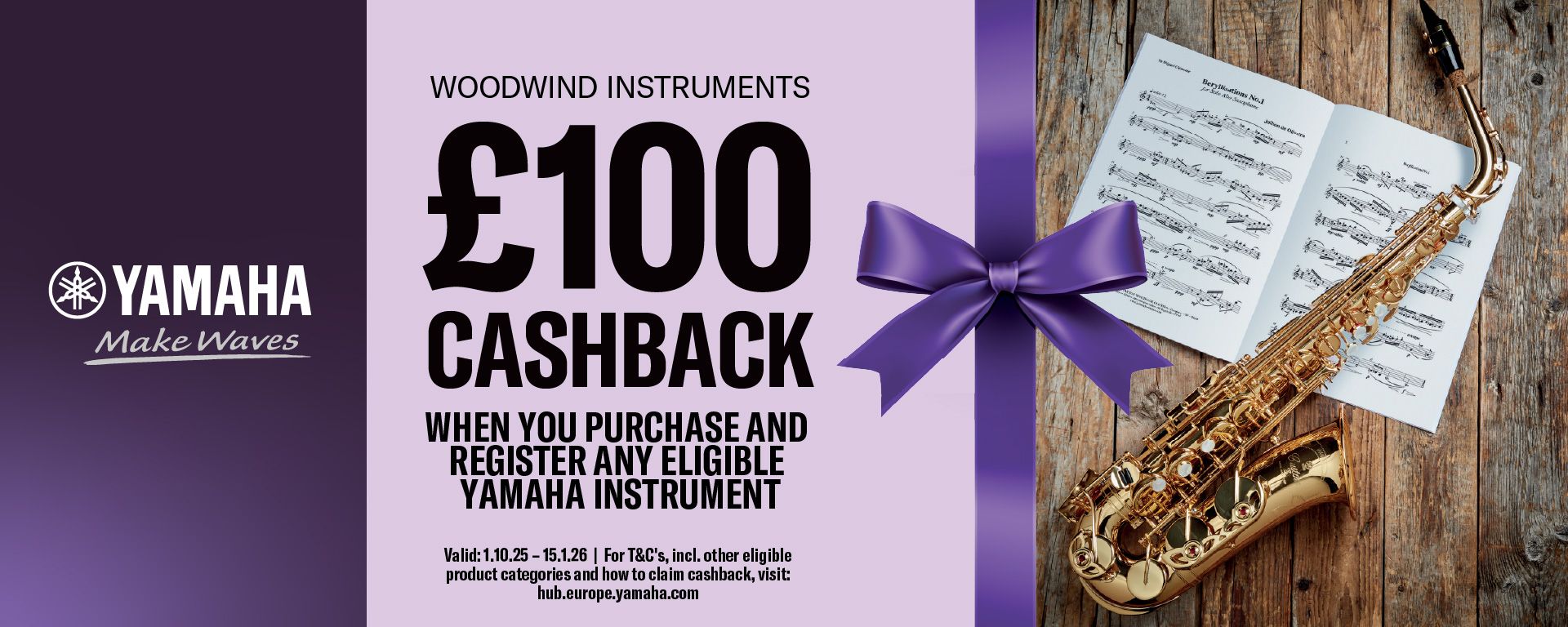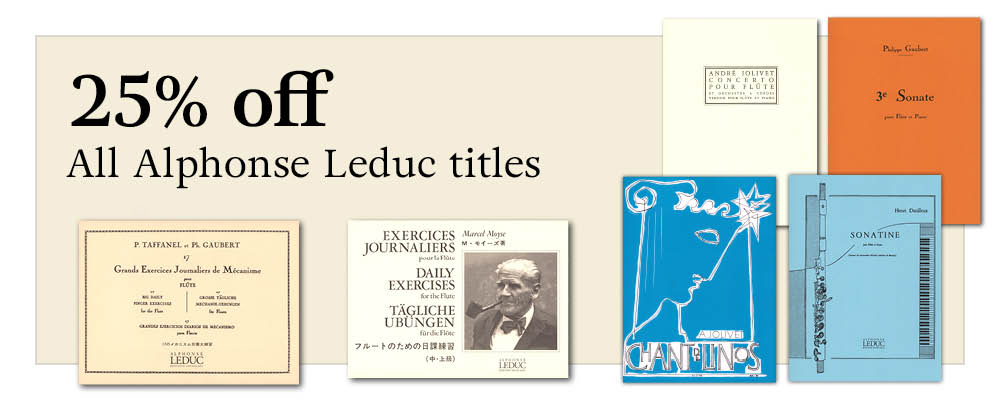Four Dances from Aladdin for Two Flutes and Piano
- Staff Pick
Staff Pick
“Great to play, great to listen to!”
Take four lovely pieces by Nielsen, put them in the hands of an expert arranger and you are guaranteed success. Toke Lund Christiansen has managed to retain the all character, colour and spirit of these four very different dances by showing an understanding of both the music and the instruments he is working with. Interestingly the piece starts with piano only with Aladdin's Dream which is very enticing. Dance of the Morning Mists and the Hindu and Chinese Dances are ideally suited to this instrumentation and crafted sensitively. The more robust African Dance is a more challenging task to transcribe but the powerful piano bass line drives the music forward to create an exciting finale. Great to play, great to listen to!

Pan - Journal of the British Flute Society
Nielsen’s music for Aladdin was written for a theatre production in Copenhagen in 1919. Extracts from the score (which was originally 80 minutes in duration) are often performed as an orchestral Suite, in seven sections.
This arrangement for two flutes and piano comprises four of these dances—the Dance of the Morning Mists, Hindu Dance, Chinese Dance and African Dance. The two flute parts are evenly matched, with melodic material often switched between the two. The piano part is at times an equal voice in the ensemble, and sometimes supports the flutes in more of an accompaniment role. All three parts would suit intermediate to advanced players.
The four movements have contrasting characters. The opening piano introduction is the beautiful Aladdin’s Dream, which is an expressive moment in the Suite, full of poignant harmonies.
The Dance of the Morning Mists uses all three instruments to create a textural dialogue which depicts the swirling mists of the title. The Hindu Dance features chromatically twisting melodic lines which fuse Nielsen’s characteristic style with a hint of exoticism. This is a slow movement, full of rich harmonies and sinuous phrases. The Chinese Dance features strong rhythms and fast moving triplets creating a strong sense of energy. The final movement, the African Dance brings to mind drumming patterns with its repeated rhythmic ostinato passages. The orchestral original of this dance, which brings the whole Suite to a close, is full of colour and texture, and especially makes use of highly effective, and almost raucous brass effects. Some of that is undoubtedly lost in a version for two flutes and piano, which seems a little tame in comparison, but in the hands of the right players who give enough of a sense of energy and building excitement, this could nevertheless be an exhilarating concert experience.
Nielsen’s music is distinctive and well crafted, which means it lends itself well to being arranged for different combinations of instruments. This selection works well and provides another excellent contribution to the flute duo repertoire which is likely to be popular with audiences.
Carla Rees
From the Publisher
For many centuries composers have received inspiration from the oriental Fairy Tales from 1001 Nights. In Denmark C. E. F. Horneman composed a brilliant overture to Aladdin in 1864, but only added the remaining music for the drama many years later. The Royal Danish Theater never used new or original compositions for the drama of Oehlenschläger, but cut and pasted in existing compositions of Kuhlau and Gade. In 1918 the Royal Theater wanted a large-scale performance, a show, which would be played on two consecutive evenings with animals on the stage, several hundred actors and artists, and the possibility of using all their advanced technical equipment. For such a drama Carl Nielsen was commissioned to write the music. But what could have become an oriental play ended up a disaster with the staging headed straight towards complete failure. Even when divided to be played in two evenings, the play turned out to be too long. Half of the music of Carl Nielsen was cut and the orchestra was placed behind the stage. Carl Nielsen was so depressed that he asked not to be mentioned in the program notes and even threatened to withdraw the music! Nielsen was present at the first performance, but he was upset. "What was this?" asked Knud Jeppesen, who was sitting next to the composer, when some strange sounds arose from behind the stage. "This was the last chord of a symphonic piece!" answered the sad and discouraged Carl Nielsen.
Movements
- Dance of the Morning Mists
- Hindu Dance
- Chinese Dance
- African Dance (originally named 'Negro Dance')
Item Details
Our Stock Code: 1470666Instrumentation
- Part 1: Flute
- Part 2: Flute
- Part 3: Piano
Category: Music for Two Flutes and Piano
Publisher: Edition Svitzer
Media Type: Paperback - Score and parts (33 pages [score])
Country of Origin: Denmark
HS Code: 49040000



